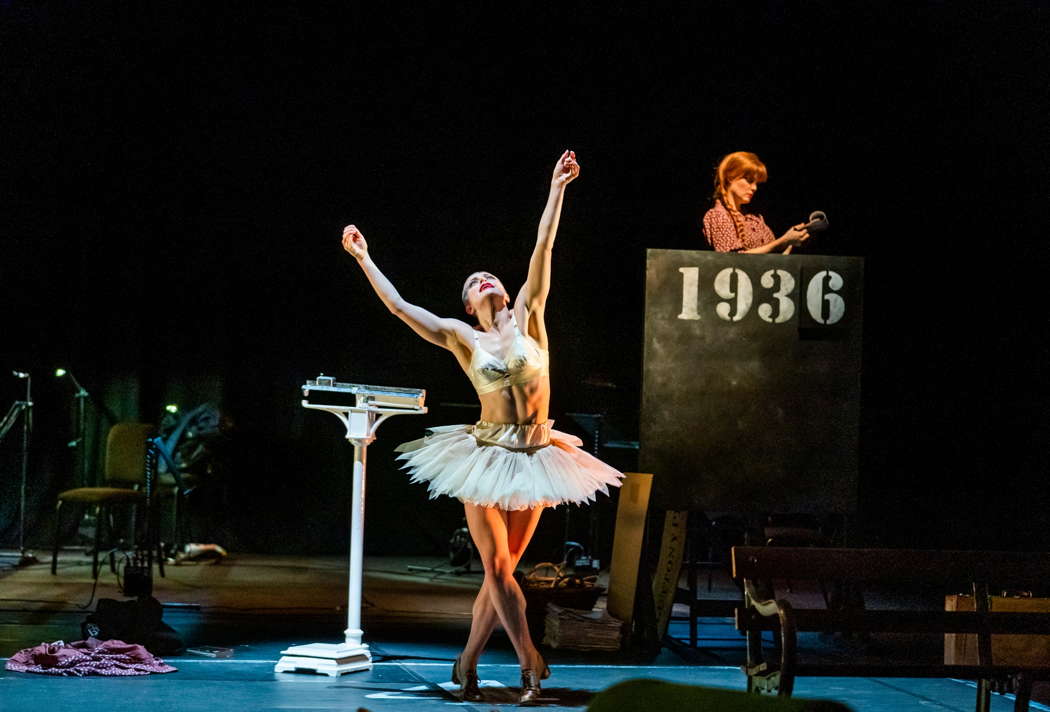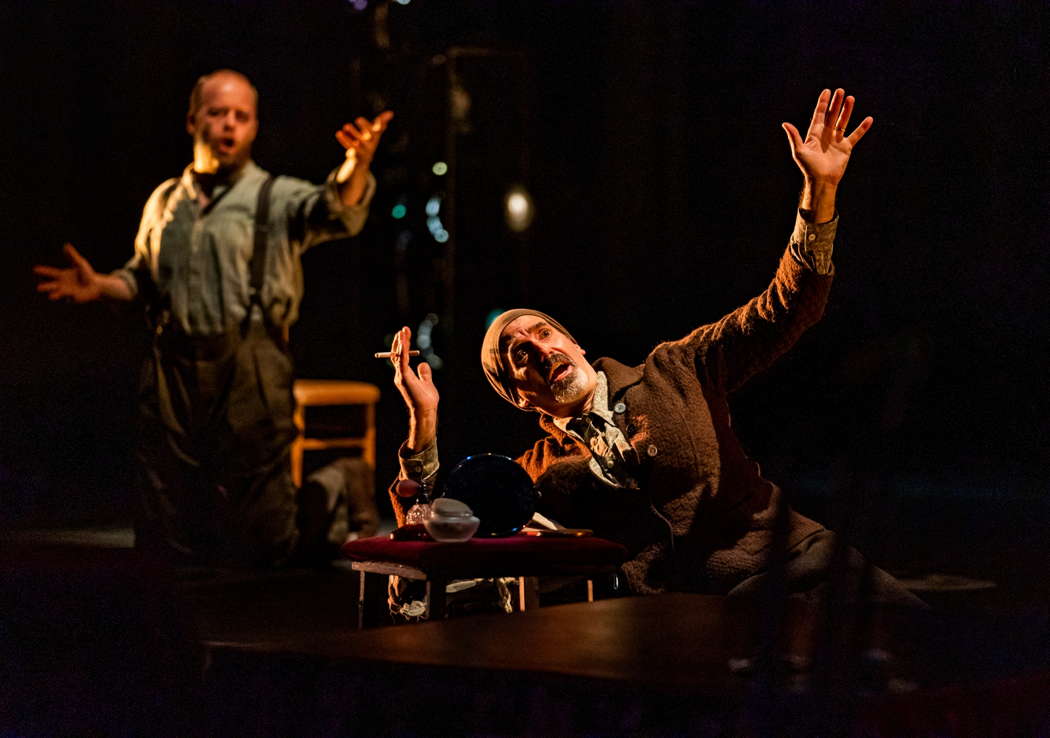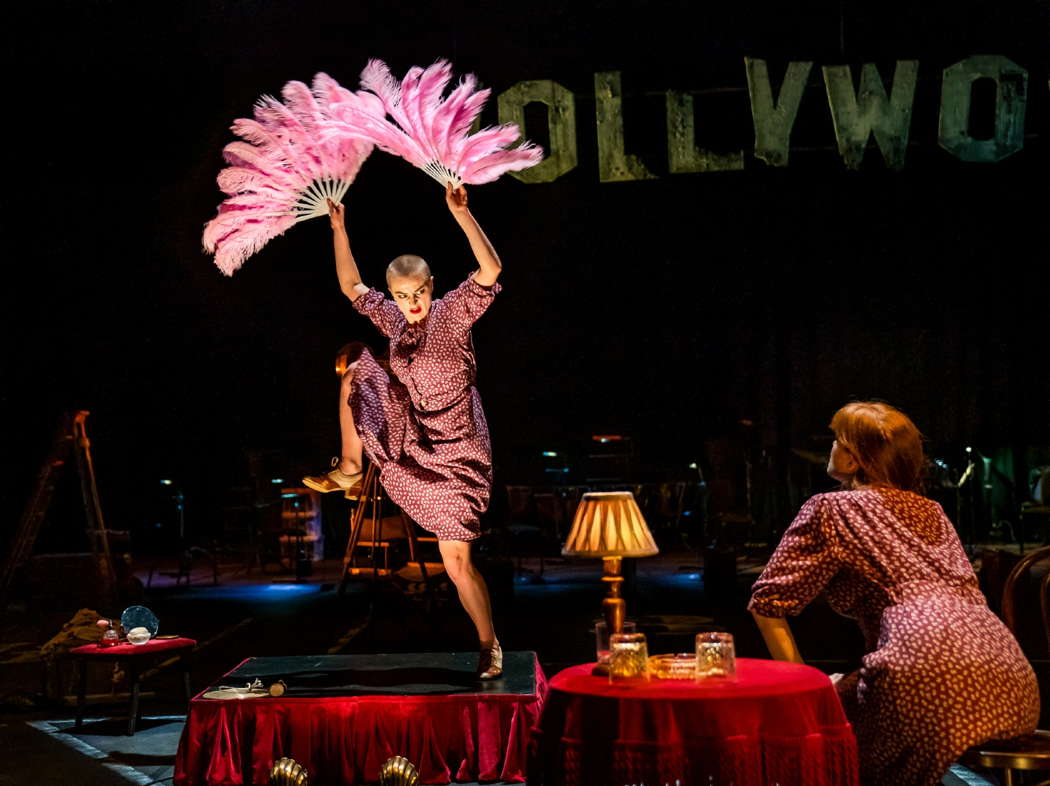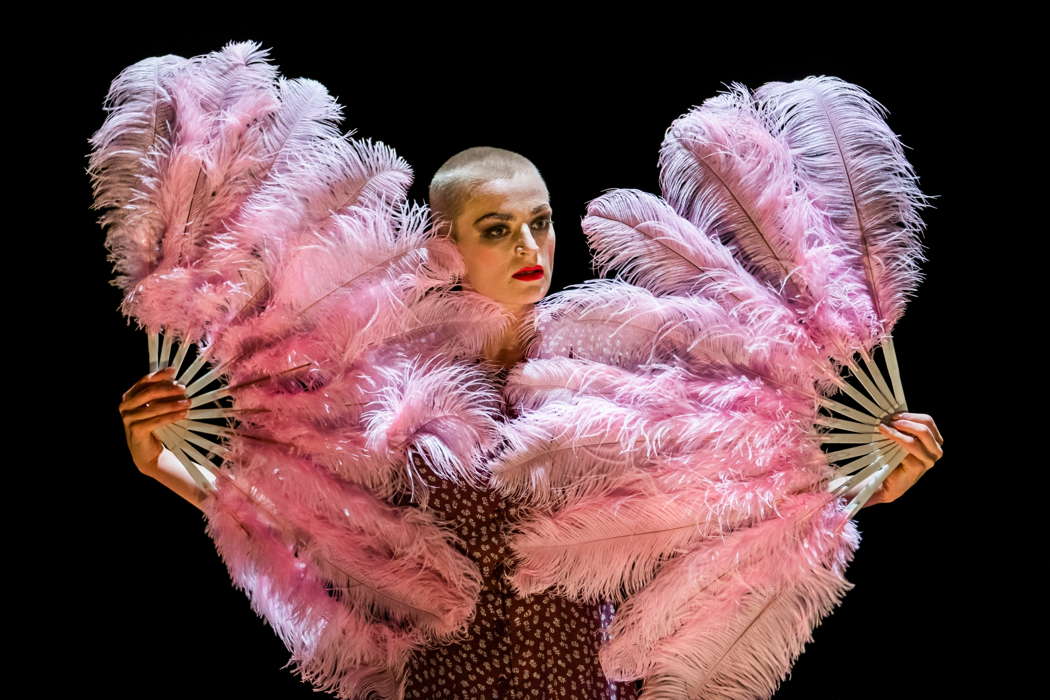 LISTENING TO TCHAIKOVSKY: Béla Hartmann uses his knowledge of Eastern Europe to argue against the banning of all Russian culture following Vladimir Putin's invasion of Ukraine.
LISTENING TO TCHAIKOVSKY: Béla Hartmann uses his knowledge of Eastern Europe to argue against the banning of all Russian culture following Vladimir Putin's invasion of Ukraine.
- Masao Ohki
- Evelyne Berezovsky
- Manon
- Corelli
- Moscow Nights
- Augusta Read Thomas: Plea for Peace
- Stephen Johnson
- Lucy Carter
 DISCUSSION: John Dante Prevedini leads a discussion about Composers, individuals or collective?, including contributions from David Arditti, Halida Dinova, Robert McCarney and Jane Stanley.
DISCUSSION: John Dante Prevedini leads a discussion about Composers, individuals or collective?, including contributions from David Arditti, Halida Dinova, Robert McCarney and Jane Stanley.
Brecht and Weill's Final Collaboration
'The Seven Deadly Sins' streamed live by Opera North, reviewed by MIKE WHEELER
Kurt Weill and Bertholt Brecht's The Seven Deadly Sins is, in the words of Weill's biographer David Drew, 'a unique and unrepeatable mixture of cantata and ballet'. Dating from 1933, Brecht and Weill's final collaboration is a cautionary tale of ideals running up against pragmatic materialism. The central character, Anna, is on a seven-year journey around seven American cities, earning money to enable her family to build a dream-house by the Mississippi. She is portrayed by both a singer and a dancer. Anna 1 (the singer) refers to them as sisters, but they are really two halves of a single personality. As they move from city to city, they experience each of the classical seven deadly sins - Sloth, Pride, Anger, Gluttony, Lust, Greed and Envy - in turn. The Family - Mother, Father and two Brothers: an all-male quartet - offers comments at intervals.
Director and choreographer Gary Clarke's new production for Opera North, using Michael Feingold's English translation, was originally intended as part of a double bill with Handel's Acis and Galatea. That plan had to be shelved, and a single performance was streamed live from Leeds Playhouse - Leeds, UK, 21 November 2020.

A scene from Opera North's The Seven Deadly Sins. Photo © 2020 Tristram Kenton
The orchestra, ranged across the back of the stage, and conductor James Holmes, had all the idiomatic pungency of early 1930s Weill, using a version of the score for fifteen players by HK Gruber and Christian Muthspiel - an acknowledgement on the company's website read: 'ahead of the arrangement's scheduled UK premiere by The Royal Opera in Spring 2021. We are very grateful to The Royal Opera for facilitating this performance.'

A scene from Opera North's The Seven Deadly Sins. Photo © 2020 Tristram Kenton
Clarke's view of the family as refugees was underlined at the start, as the two Annas, mezzo-soprano Wallis Guinta and dancer Shelley Eva Haden, entered wearily, carrying suitcases. As the piece proceeded, they moved around numbered areas marked out on the floor. The spaces between were a no-man's-land occupied by the Family who, in true Brechtian style, held up boards to indicate which city we were in and which sin we were dealing with. The set was designed by George Johnson-Leigh and lit by Mike Lock to give the feel of an abandoned film studio, with the famous 'HOLLYWOOD' sign ever-present in the background

A scene from Opera North's The Seven Deadly Sins. Photo © 2020 Tristram Kenton
Guinta's Anna 1 was every inch the imperious, hard-headed realist determined to act for what she thought best whatever the personal cost. Haden, almost as much a gymnast as a dancer, conveyed Anna 2's increasing desperation in an extraordinary loose-limbed repertoire of movements. Campbell Russell, Father; Stuart Laing and Nicholas Butterfield, the Brothers; and Dean Robinson, Mother - caught the Family's sententious, moralising tone without resorting to caricature.

A scene from Opera North's The Seven Deadly Sins. Photo © 2020 Tristram Kenton
And so, as Anna started raking in the chips, the screw of hopelessness turned ever tighter. At the end, as Anna 2 lay crushed and humiliated, the look on Wallis Giunta's face told us that it was beginning to dawn on Anna 1 just what an awful thing she'd done.
Copyright © 24 November 2020
Mike Wheeler,
Derby UK

FURTHER ARTICLES ABOUT OPERA NORTH


